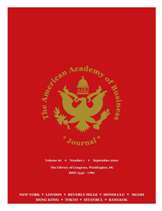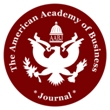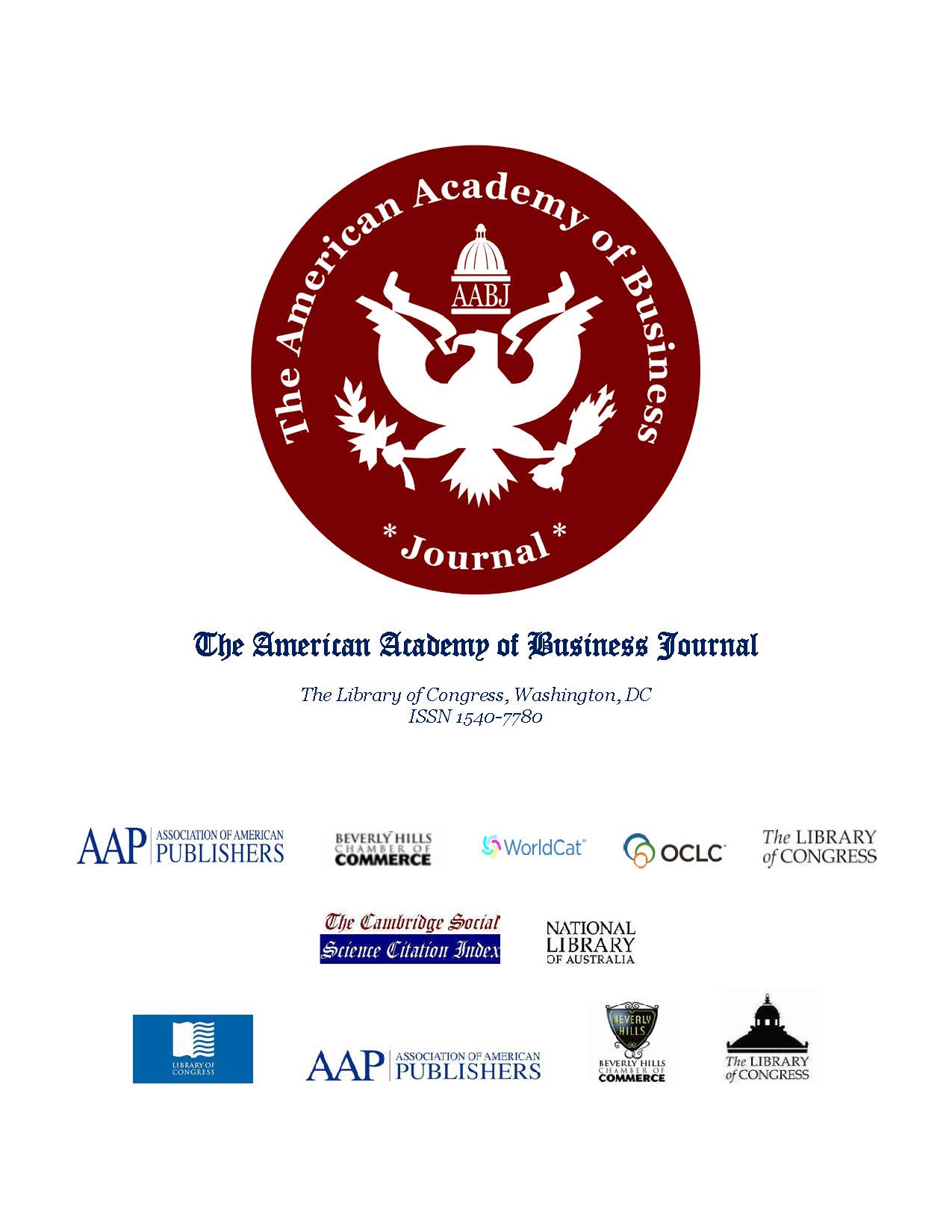|
The Secret Behind
Trader Joe’s Success: The Extraordinary Leadership of CEO John Shields
Virginia Gean, California
Lutheran University, CA
Dr. Farrell Gean, Pepperdine
University, CA
Dr. Fred Petro, Pepperdine
University, CA
ABSTRACT
The literature is replete
with articles and books setting forth good qualities of effective leadership.
This paper is based in part on a review of the vast information available on
leadership but also, and more importantly, on the personal interview of an
individual who has applied these theoretical qualities of good leadership. John
Shields used extraordinary leadership skills to develop the well know retail
giant, Trader Joe’s, into a multi-billion dollar conglomerate. The reader will
hear the exact words expressed by this legendary leader. We never outgrow our
love for a good story, do we? There is something compelling, something magnetic,
and something altogether unique about the best stories. They engage both our
minds and our hearts. They allow us to empathize with the experiences of other
human beings. They also create opportunities to learn from the lives of others.
One can learn leadership qualities effectively by listening to the stories of
those who have demonstrated successful leadership attributes in their careers.
The story of how John Shields led the development of Trader Joe’s is one of
those informative, inspiring and entertaining stories. What follows is an
integration of those widely accepted critical leadership attributes into a
single empirical example of how they worked in the case of John Shields leading
Trader Joe’s. Shields spent his whole career in the retail sector, eventually
leading the Trader Joe’s grocery chain from its meager beginnings of 6 stores
and 700 employees to over 200 stores with sales exceeding $5 billion per year.
During the interview
as he reminisced, Shields explained that his entry as president and CEO of the
company did not exactly begin smoothly. He described the somewhat rocky and
unpredictable paths that lead him into this leadership role, which were quite
interesting. Shields began his retirement after working for several large
retail chains for more than 29 years. He retired at the age of 55.
Full text
Sox Compliance: Where
Are We Now?
Dr. Denise de la Rosa, Grand
Valley State University, MI
Dennis C. Stovall, Grand
Valley State University, MI
ABSTRACT
Implementation of the 2002
Sarbanes-Oxley Act (SOX) has been costly in dollars and time. Due to these high
costs and time commitments, it is important to understand the benefits of
corporate compliance for investors. Five local corporations within West
Michigan were interviewed with the intent of providing clarity to this problem.
The results show a mixed bag of success, many additional costs, and a wide
variety of attitudes about SOX. After 15 years of SOX compliance, it appears as
if there will always be a battle between SOX costs and the value that it
represents. Of the companies that were interviewed, the smaller corporations
appear to have had the toughest task in following the SOX rules, including a
higher than average appropriation of funds internally to cover the new expenses
associated with compliance. Companies do not track or disclose SOX compliance
costs. These costs are embedded in audit fees to CPA firms and charges to
administrative costs for those internal compliance costs. In this study we use
company interviews to assess initial compliance costs and examine changes in
audit fees between 2005 and 2016. The 2002 Sarbanes-Oxley Act is considered one
of the most significant pronouncements in the recent history of U.S. accounting
regulation. The act covers various issues from corporate governance to internal
controls and financial disclosure. It is geared toward strengthening internal
controls and imposes more responsibility on those who should be overseeing
internal controls. Nevertheless, SOX has had some negative consequences which
affected the introduction and acceptance of the act by the public. The
practical and timely implementation of SOX by real-world firms has been hampered
by challenges, such as costs, employee time restraints and expertise, and legal
burdens. One of the biggest
issues firms faced when implementing SOX was the associated cost. Companies who
file annual reports with the SEC and who list on national stock exchanges in the
United States had to comply with the SOX requirements.
Full text
A Study of Motivation
and Personal Characteristics Among Haitian Entrepreneurs
Facing “Obstacle”
Variables in Small Business Arena
Dr. Maja Zelihic, Forbes
School of Business and Technology, San Diego, CA
Clifford D. Wiliams, CEO,
Aspera Group, Atlanta, GA
ABSTRACT
Successful entrepreneurship
is of crucial importance in the developing world. Entrepreneurship makes a
significant contribution to the economic landscape of Haiti. The purpose of
this study is to explore and understand Haitian entrepreneurs’ motivational and
personal characteristic variables through the case study of two separate
businesses in Grand Goave region in the southwest of Haiti. The aim of the
research is establishing connection between the motivation and personal
characteristics of Haitian entrepreneurs and their effectiveness in the small
business arena despite the severe obstacles small business owners encounter due
to the devastation suffered in the 2010 earthquake and 2016 hurricane. Furthemore, this research attempts to develop a model to test the relationship
between the motivation and personal characteristics of Haitian entrepreneurs to
the entrepreneurship’ self-sufficiency, sustainability and success scale. While
there appears to be an abundance of news coming out of Haiti, this region is
very rarely highlighted as a success story in any industrial fields. Quite
often, the only news one hears on Haiti is that of political turmoil, natural
disasters, earthquakes poverty, riots, and health issues, Haiti and its people
remain a mystery to the clear majority of the world. Yet, there are so many
inspirational and powerful stories of Haitian entrepreneurs who are leading the
efforts of rebuilding their country, overcoming the odds, persevering despite
the multitude of obstacles while creating a sustainable business model many of
their counterparts in other parts of the developed world can successfully
follow. Researchers of this study aimed to
discover if there is a specific set of motivational and personal characteristic
variables making certain Haitian entrepreneurs more prone to succeed. If one can
predict the success of a particular enterprise, based on the studied variables,
similar progress can be made within the entrepreneurship sector under some very
challenging economic conditions.
Full text
Social Media
and Tourism: A Literature Review
Dr. Teresa
Borges-Tiago, University of the Azores, Portugal
Dr. Flavio Tiago,
University of the Azores, Portugal
ABSTRACT
Social media is attracting a great deal of interest—some
of it effectively, some misguided in the most distinctive contexts and fields.
When crosschecking social media with tourism, the work of Kaplan and Haenlein
published in the Business Horizons is a common reference. As social media became
an active part of the tourist experience researchers have spent much effort in
examining and exploring how tourism can enhance, improve and engage efficiently
in social media with tourists. However, this is a continuous task, since
technology keeps evolving at a fast rate and tourism is taking advantage of this
ingoing progress. The aim of this study is to systematically review the current
literature of social media in the tourism context, having as baseline the work
of the most cited authors on social media. To this end, with the review of 212
articles citing the work of Kaplan and Haenlein, this study provides an overview
of the main themes and trends covered. Social media is attracting a great deal
of interest—some of it effectively, some misguided. Being one of the trends that
most impact consumer behavior, it’s quite understandable that both researchers
and firms aim to ride it. The extension on which it impacts consumer behavior is
enlarged in what concerns tourism: since the early eighties the tourism and
hospitality industry has been one of the most affect by technology (Frew, 2000;
Neuhofer, Buhalis, & Ladkin, 2014). Social media in tourism focuses on value
creation and sharing experiences, as well as taking advantage of the
pre-existing and new technological conditions to promote and share unique
tourism experiences. In an early period, technology was utilized to enhance
processes and delivery systems. Most recently, a shift change as occurred,
following the web evolution, becoming a common end-user tool (F Amaral, Tiago,
Tiago, & Kavoura, 2015). Tourists search, purchase and share their tourism
experiences online, empowered by 24/7 update sources of information create by
other tourists, trade operators and DMOs.
Full text
The Analysis and
Evaluation of Training Needs
- Demonstrate How Training Needs
of Different
Categories of Workers will be Determined and Outline the Factors
that will Influence the Approach
Hsien-Mi Lin, Director,
Human Resource Office, Cardinal Tien Hospital, Taiwan R.O.C.
ABSTRACT
"Training" is the planned
learning experiences and activities that aim to influence the ability and
motivation of individual employees through the obtainment of new education, such
as knowledge, skills, beliefs, values and attitudes. Furthermore, training can
be carried out to improve the employees’ worth to their employer and to
themselves. On the other hand, the aim of training is to help the organization
achieve its objectives, and, moreover, the diagnostic phase of setting training
objectives is to determine trainig needs (Cowling and Mailers’ research, 1998).
In other words, training is the foundation for improved performance and
productivity. “A training need is a need for human performance improvement that
can best be met by training of some kind” (Peterson, 1998, p8). Decisions about
whether or not to provide training programmes for employees, and what type of
training should be provided for different categories of workers, such as manual
and clerical workers, have typically been based on the determination of training
need within an organization. This study will focus on the analysis and
evaluation of training needs. Firstly, I shall demonstrate how training needs
of different categories of workers will be determined. Then, I will outline the
factors that will influence the approach and explain the reasons. Finally, a
conclusion will be produced. On the basis of Cowling and Mailers’ research
(1998), the aim of training is to help the organization achieve its objectives,
and, furthermore, the diagnostic phase of setting training objectives is to
determine training needs. It is important to identify areas in which training
can make a real contribution to organization success. This refers to a method
of gap analysis, which is aimed at determining the difference between required
and actual human performance. In the same way, Robinson (1998), Truelove (1997)
and Tyson and York (1996) also define training needs as the gap which exists
between the present capabilities of the incumbent and the true requirements of a
given job.
Full text
Like and Share:
Disclosing Users Behavior on Social Media
Dr. Flavio Tiago, University
of the Azores
Carla Cosme, University of
the Azores
Dr. Teresa Borges-Tiago,
University of the Azores
ABSTRACT
The fact that electronic word of mouth activity and overall Internet use have
shaped the way individuals communicate has been subject to a rather intense and
frequent debate in the academic community. With the intensified use of social
media applications, viral digital phenomena have started to emerge, firms saw it
as potentially good and rather inexpensive ways to enhance a company’s
awareness. As such, studies that try to unveil what aspects of content and
social structures may help enhance virality, have also started to appear.
However, little research has focused on the individual state of mind and its
relationship with information diffusion in a social media setting. This works
attempts to unveil the main drivers behind individuals’ participation on social
network sites. For this purpose, a survey was conducted online, and participants
were required to complete a questionnaire package comprising internet usage
scale (time, motivation dimensions), susceptibility to peer influence scale,
opinion leadership and information seeking scale and need for cognition and
emotion scale. Since web 2.0 a new communication paradigm has emerged, with
users being able to read, create and share content (Kaplan & Haenlein, 2010;
Tiago & Veríssimo, 2014). The effects of these communication processes went over
the mere information flows, and become ground for new social and emotional
interactions, which evolve over time becoming real and virtual extensions of
people bounds and relationships. Thus, social networks have become an essential
activity in people’s lives. In earliest web 2.0 years, Efthymios Constantinides
and Fountain (2007) described that the way people communicate, make decisions,
socialize, interact, entertain themselves and shop has changed, as a consequence
of the rise of social media applications (Eysenbach, 2008). Efthymios
Constantinides and Fountain (2007) noticed that people have become increasingly
influenced by peer effects and collective intelligence digitally-driven. Several
studies have illustrated that these new users know better, due to online access
to a massive amount of information and knowledge; feel empowered, due to the
capacity of becoming user content generator and knowing being a click away from
finding substitute products and services that better suit their needs (Rakic &
Rakic, 2017). But above all, they are more demanding, expecting firms to over a
full experience, with emotions attached.
Full text
|

 The American Academy of Business
Journal
The American Academy of Business
Journal
.gif)